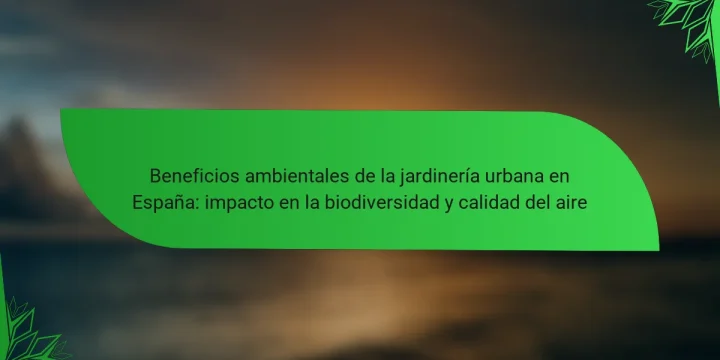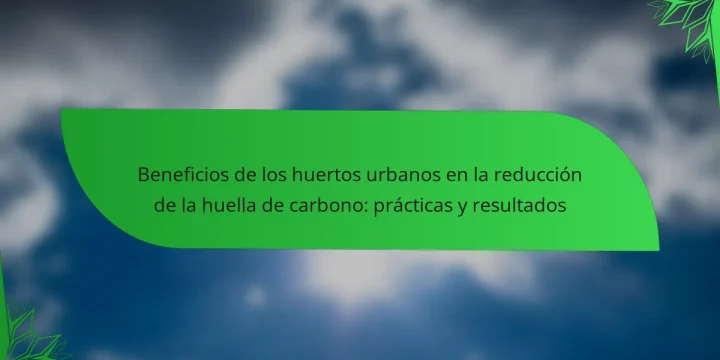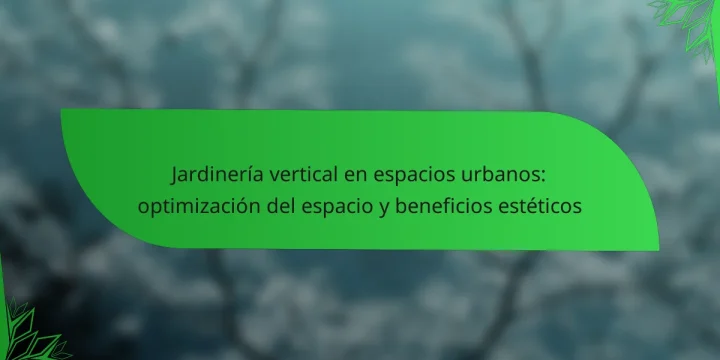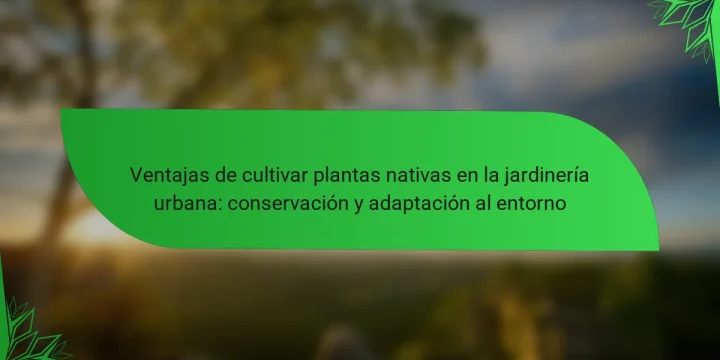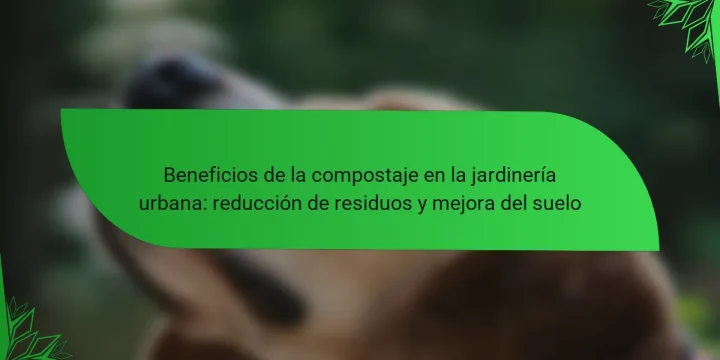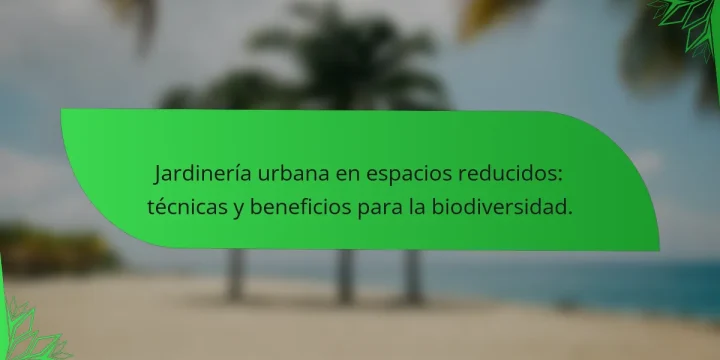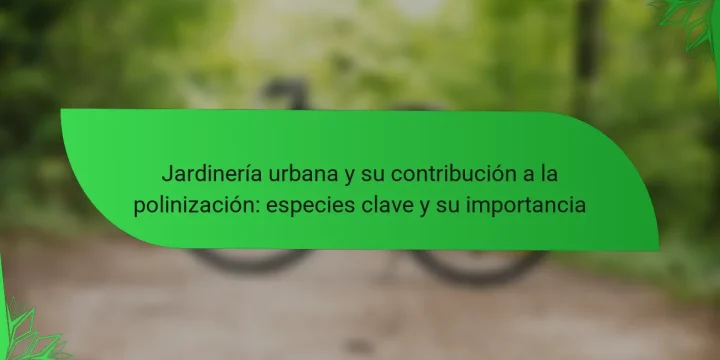
Urban gardening is the practice of cultivating plants in urban environments, including community gardens, green balconies, and urban farms. This practice plays a significant role in mitigating the urban heat island effect, which is characterized by higher temperatures in urban areas compared to rural ones. Urban gardening enhances air quality, promotes biodiversity, and can lower urban temperatures. However, challenges such as limited space, plant selection, maintenance, and community involvement can hinder its effectiveness. The article explores practical solutions for implementing urban gardening, including community gardens, vertical gardens, and green roofs, while addressing the obstacles faced in urban settings. ¿Qué es la jardinería urbana y cómo se relaciona con el efecto de isla de calor? La jardinería urbana es la práctica de cultivar plantas en entornos urbanos. Esta actividad incluye huertos,…
